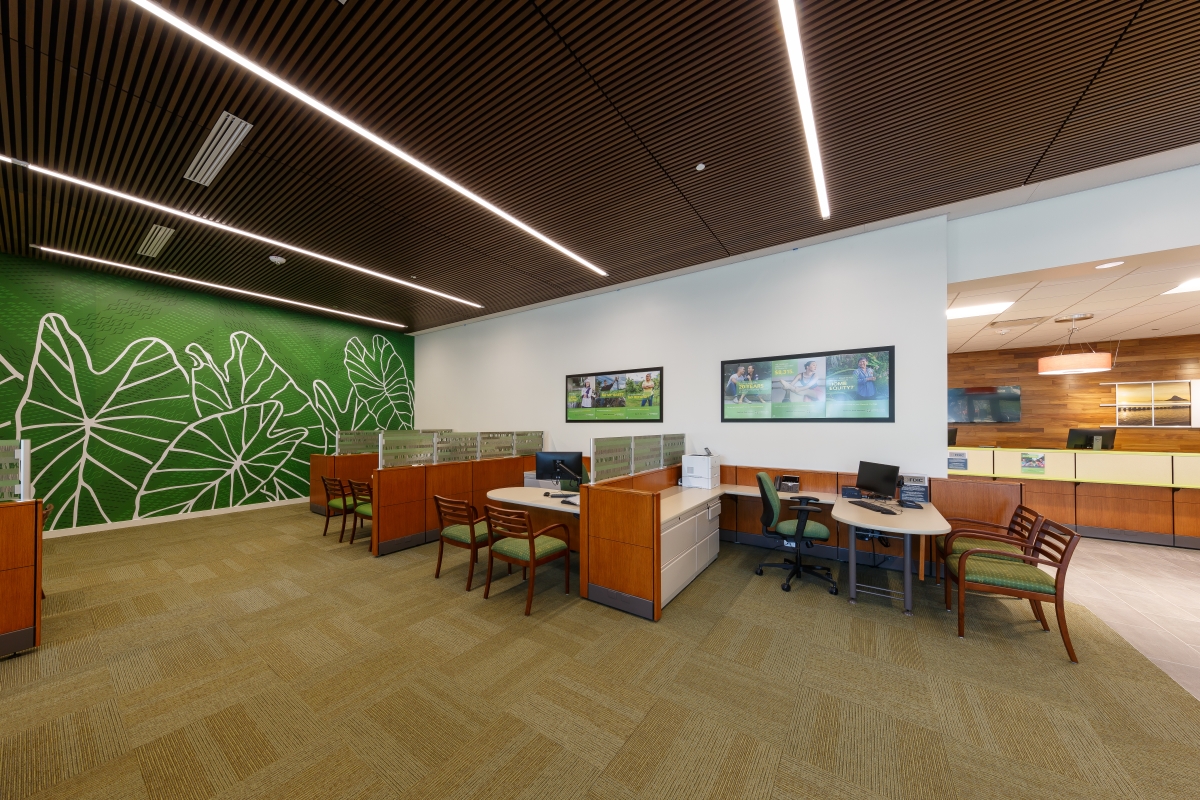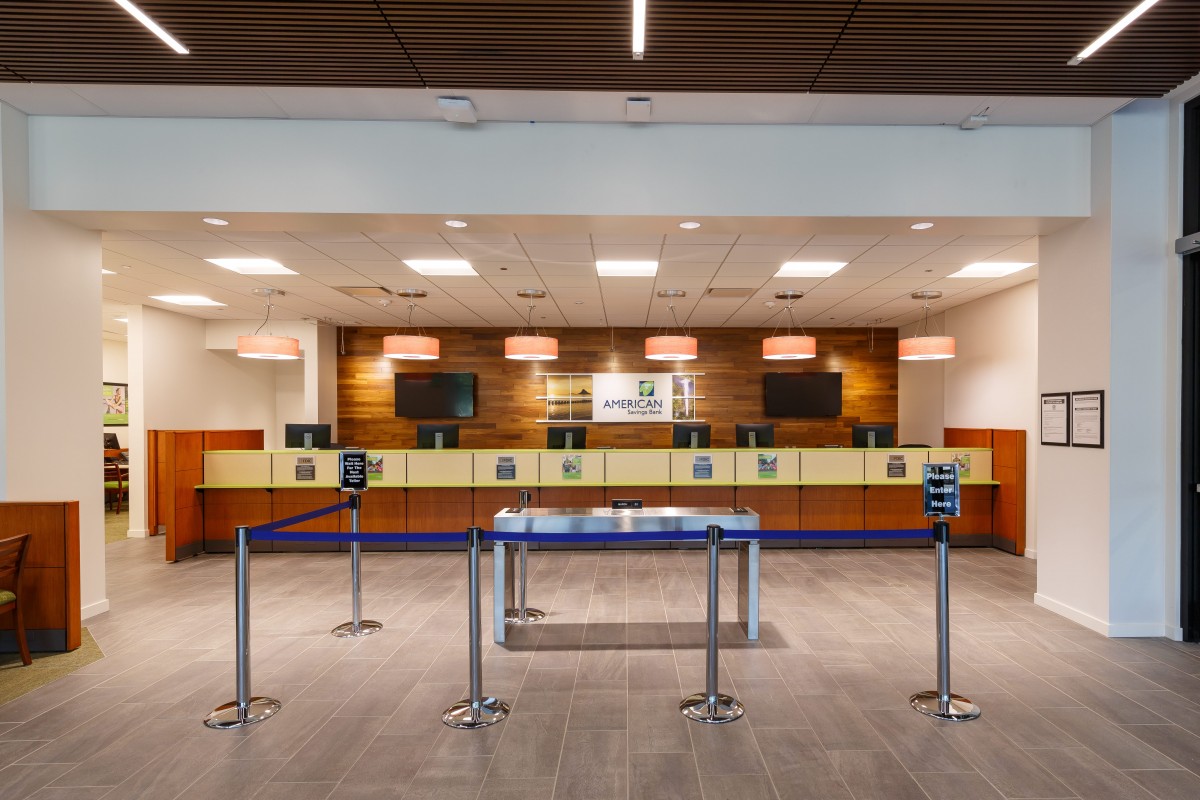Guide to College Savings
By
ASB May 08, 2019 | 5 min read N/AWorried about how you’ll be able to afford your child’s higher education? You’re not alone! With tuition costs rising year after year, many families are concerned with how they can send their kids to college.
According to a Value Penguin report, the average cost for a public, in-state university is over $25,000 per year. For a private college, that cost jumps to over $50,000, including tuition, room and board, and other fees. As a parent, the idea of paying for college is downright nerve-racking. With proper financial planning, however, you can help secure your child’s future education.
At American Savings Bank, we want you to know that you’re not alone in your worries about college. To make this process easier, we’ve put together some tips on different college savings accounts. Use our guide to financial planning for college expenses to save for your child’s future.
WHEN SHOULD I START SAVING FOR COLLEGE?
Like many long-term financial goals, the earlier you can start saving for your child’s college, the better. Every small amount you put towards paying for college contributes to your overall savings.
SAVINGS ACCOUNTS
A standard savings account offers one of the most straightforward methods of saving for college. The benefit, of course, is that a savings account is likely much safer than storing cash elsewhere, such as in your home. With a savings account, the money you put into the account earns interest. Over time, this interest can add up.
A savings account can be a good starting point in your financial planning for college. Unlike accounts dedicated to education funding, a savings account doesn’t have limitations on how the money can be used.
CERTIFICATE OF DEPOSIT (CD)
Much like a savings account, a Certificate of Deposit (CD) allows you to put money into an account that earns interest too. The return rate for a CD is usually higher than a savings account, and your interest rate is fixed, meaning it won’t change during the term of the CD. The major difference between CDs and typical savings accounts is that CDs have maturity terms. When you open a CD, you can choose how long you want to keep the money in the account.
SECTION 529 COLLEGE SAVINGS PLAN
Designed for college savings, 529 plans provide a great way to save for college expenses as part of your financial planning strategy. These plans may offer more risk than a typical savings account because they are investment accounts. The advantage to this risk, however, is the ability to take money out tax-free, including investment gains, for qualified education expenses. Please visit hi529.com.
Before investing in a 529 plan, investors should carefully consider whether the investor’s or beneficiary’s home state offers any state tax or other benefits available only from that state’s 529 plan.
COVERDELL EDUCATION SAVINGS ACCOUNTS (CESA)
Coverdell Education Savings Accounts, or CESA, provide similar benefits to a 529 savings account. Anyone is allowed to contribute to a CESA. That means you can have relatives contribute to your child’s education fund as a birthday or other gift. There are annual contribution limits. The plus side to this is that contributions grow tax-free. You can also withdraw funds tax-free so long as the money is used for a qualified education expense. Money in a CESA must be used by age 30, but any unused funds can be rolled over without penalty to another family member that’s under 30.
CUSTODIAL ACCOUNTS
Custodial accounts under the Uniform Transfer to Minor Act (UTMA) and Uniform Gift to Minors Act (UGMA) are not designed only for college savings. Though the account is set up in your child’s name, you are in control of the funds until your child reaches a certain age (21 for UTMA and 18 for UGMA). Unlike 529 accounts or CESAs, you don’t have to use the money for education expenses. A withdrawal can be made for any expenses that benefit your child.
FINANCIAL PLANNING FOR COLLEGE EDUCATION
If you have young children or are getting ready to start a family, make college planning a part of your overall financial planning strategy. Worried about saving for your child’s future? Speak with one of our knowledgeable American Savings Investment Services* financial planning consultants about education planning. We’ll help you prepare for the cost of college, setting you and your children up for future financial success.
Please consult your tax advisor for more information regarding your individual situation.
*Securities and insurance products are offered through Cetera Investment Services LLC (doing insurance business in CA as CFGIS Insurance Agency), member FINRA/SIPC. Advisory services are offered through Cetera Investment Advisers LLC. Neither firm is affiliated with the financial institution where investment services are offered. Registered address and phone number: 300 North Beretania Street, Honolulu, HI 96817, (808) 735-1717.
NOT FDIC INSURED. NOT BANK GUARANTEED. MAY LOSE VALUE. NOT INSURED BY ANY FEDERAL GOVERNMENT AGENCY. NOT A BANK DEPOSIT.















